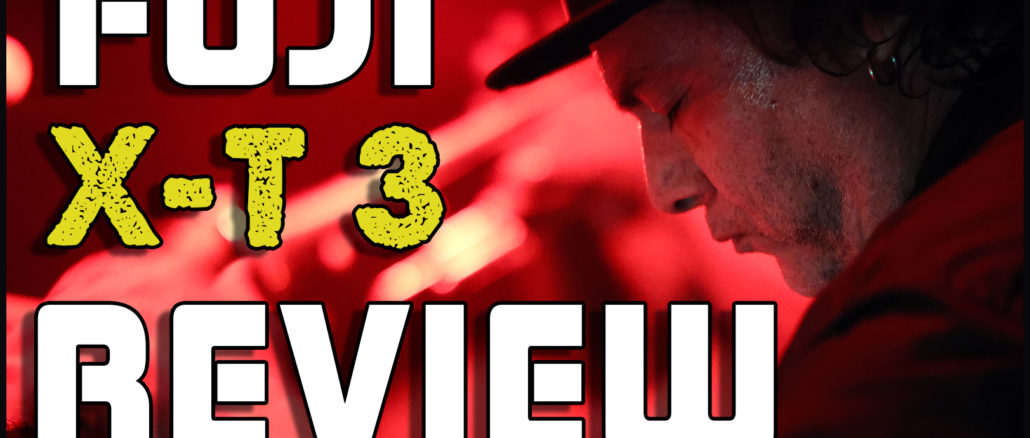
The Fuji X-T3 Review. The Best APS-C Camera I have ever Used.
By Steve Huff
You can order the X-T3 at B&H Photo HERE.
Video Review…
Well here we are again and this time with a Fuji review! Their latest camera, the X-T3 is one that came into me via B&H photo and I was expecting to like it, but not really love it. Let me be honest…I have not had the best experiences with Fuji cameras in the past, and I am talking years ago, not recently. Sure I really liked some, but I also disliked some of them. Mostly the early models a few years ago as I found them to lack in many areas from feel and build (chap buttons and dials) to horrendous AF (X-pro 1) to noisy loud lenses (35 1.4) and even the Adobe Fuji RAW issue that went on for a long time. I did not feel I should have to change my entire software setup just to use a Fuji. I can not forget low light and high ISO which to me, was always a weakness for Fuji when compared to other brands. When I criticized those things at the time, they were well warranted and real issues for me. Because of those issues I faded away from Fuji mostly, though still kept my eye on the X100 series which continued to improve model after model. I admit though, my fave X100 for IQ was the one and only original. It just had those 1st gen jitters like slow AF and glitches, even a lens aperture that would get stuck.
Click it for larger! ISO 10,000 in cavernous conditions. Lens used was a manual Voigtlander 50 1.2 Leica M mount via adapter.
So again, here we are. Now it is October 2018 and I have been checking out this X-T3 and as I said in my last video about this camera, it has excited me, and even inspired me. What I mean is, this camera feels so good in the hand and offers SO MUCH GOOD that it has inspired me to use it. That is key in a camera for me. Also, this Fuji X-T3 has the new backlit sensor that improves the low light performance drastically compared to previous Fuji models. Since the older models years ago Fuji has improved things such as feel, solidity in that feel and build, nicer buttons and dials that are larger and more solid, the AF is now crazy fast and accurate and video is probably the best of any camera near this price range, even beating the Sony A7III in video specs (4K/60).
My FIRST LOOK video I posted on Sep 25th 2018! If you missed it, it was also shot with a Fuji X-T3!
Click any image for a larger and better version. This one was shot at ISO 5000 at the State Fair. I brought you outside of the safety bars here to add a different perspective to the normal type of shot. At ISO 5000 using the Fuji 16mm f1.4 (what a lens!) the color is stunning. I used the Velvia mode and this is a basic JPEG out of the camera. I have Noise Reduction to its lowest setting.
The Fuji X-T3 also has a class and style that most other cameras today do not have. The beauty of the design is 2nd only to Leica but both share a love of vintage retro style. I have always adored this as I prefer external controls dials for things such as EV comp, ISO, shutter speed, drive mode, and so on. This Fuji has those controls right where I want them up top as well as behind with the nice large LCD and joystick which comes in handy. By comparison, a Sony a7III (and I am being honest with MY feelings here) is sort of ugly in comparison, though it does offer a better grip than the Fuji which will be what matters to some of you. Even so, one can add a grip to the Fuji without going to the full battery grip and bingo, no more lack of grip issues. (though this grip will cost you $130).
I have shot with so many cameras, and as I have said for years I am not a corporate website, and I do not pimp out all models just to sell sell sell. I only review and write about what excites me, what gets my blood pumping and what I would buy for myself even though this creates much less income for me (via links and affiliate sales). If I dislike a camera, or have no use for it, I do not review it. That is what is nice about what I do. I am a one man show here, always have been and always will be. No pressure from camera companies, no pushing crap I will not buy for myself. Sure, many may disagree with me at times but what I hope to provide here is my experience USING the camera. To convey my feelings about it rather than talk about specs and numbers or test charts. See, there are many who do that very well, better than I ever could but I have never done that in my reviews. I just speak my mind after actually using the camera and sharing my images with said camera, or lens. I speak of the enjoyment of the camera, the usability and of course the results.
I really enjoyed using that Voigtlander 50 1.2 (see my 1st look of that lens here) on this body. While not as enjoyable as using it on my Leica SL, this X-T3 comes in at $4500 LESS than the SL and still offers a super satisfying experience. The large and clear EVF really helps here and I programmed one of my buttons for magnification so it was easy to nail focus. Also, I found using the sports mode allowed for a nice zoom crop of sorts. LOVE that feature just for getting a little closer right in camera.
I will admit…
…this Fuji caught me by surprise. When the X-T2 came out I heard it was amazing, and I tried it for only a few moments and did like the feel and design but I knew it would have the same limitations as most APS-C vs Full Frame bodies. Low light being the most important for me. So when the X-T3 was announced I did not really write anything about it. After speaking behind the scenes with a few reviewers who did use it, and seeing their excitement for it (real excitement in private) then I knew I had to take a look.
Before I keep going here, let me list the specs of the X-T3 so we know what we are dealing with. I WILL BOLD THE PARTS THAT I FEEL ARE SPECIAL AND PRETTY KICK ASS.
THE NEW SENSOR
26.1MP APS-C X-Trans BSI CMOS 4 Sensor and X-Processor 4. Revolving around a newly developed sensor, the X-T3 features an APS-C-format 26.1MP X-Trans CMOS 4 sensor, which has a back-illuminated design to afford smooth tonal rendering, improved low-light performance, and a low native ISO 160 setting. As an X-Trans sensor, it still utilizes the randomized pixel array, too, which provides a high degree of image quality and sharpness due to the omission of an optical low-pass filter. Versus conventional pixel patterns, the X-Trans design more closely mimics the organic nature of film in order to produce nuanced colors and tonal transitions, while also reducing moiré and aliasing.
The sensor’s design also includes an expanded phase-detection autofocus system, which now has an impressive 2,160,000 points that cover nearly the entire sensor area. This AF system delivers faster, more accurate focusing performance along with low-light sensitivity down to EV -3. Complementing the imaging and focusing capabilities, an updated X-Processor 4 is also featured, and delivers faster focus response for subject tracking and also supports Face- and Eye-Detection AF when working in AF-C mode and when recording video.
The X-Processor 4 also utilizes four CPU units for faster image processing and it benefits overall performance with AF speeds as low as 0.06 sec. 0.17 sec shooting intervals, 0.045 sec shutter lag, and a 0.3 sec start-up time. Quick continuous shooting is possible, up to 11 fps with a mechanical shutter or 30 fps with an electronic shutter and a 1.25x crop, and internal UHD 4K60 video recording with 10-bit output is also supported.
4K/60
The X-T3 offers an enticing array of video capabilities, including internal UHD 4K60p video recording at 4:2:0 10-bit, as well as 4K60p 4:2:2 10-bit via HDMI output, both at up to 400 Mb/s—and simultaneous external and internal recording is possible. DCI 4K30 and Full HD 1080p120 recording is also possible, and video files can be saved using either MPEG-4 AVC/H.264 or HEVC/H.265 compressions, and 4K. Greatly benefitting overall video performance, the speed of the quad-CPU X-Processor 4 enables fast read speeds of 17 ms when recording 4K60 video, which helps to reduce rolling shutter distortion when filming moving subjects.
In addition to the supported 10-bit color depth, the X-T3 also includes the F-Log gamma setting, which provides a flat picture for use in advanced color grading software during editing. This maximizes the potential dynamic range in difficult scenes and image adjustments can be made, as well, to highlight tone, shadow tone, color, and sharpness. When working in F-Log, an updated noise reduction algorithm is available along with 4K inter-frame noise reduction, and the minimum sensitivity has been lowered to ISO 640 to suit working in a broader range of scene types.
Also, the camera features a 3.5mm microphone jack and 3.5mm headphone jack for more advanced audio solutions.
Body Design
- A bright and clear means for eye-level viewing, a 3.69m-dot OLED electronic viewfinder offers a high 0.75x magnification, fast ~100 fps refresh rate, wide viewing angle, and lockable diopter adjustment. The viewfinder remains blackout free while shooting up to the top 30 fps shooting rate, and a unique Sports Finder Mode can also be employed, which highlights a 16.6MP crop area of the sensor in order to allow you to see outside of the image frame.
- In addition to the EVF. a rear 3.0″ 1.04m-dot LCD touchscreen is available for intuitive live view shooting, playback and review, and settings adjustment and menu navigation. The screen has a three-way tilting design, too, to suit working from high and low angles regardless if shooting with a horizontal or vertical orientation.
- Dual SD card slots allow for a more flexible and reliable means of storing imagery, and both card slots are compatible with UHS-II standards for fast transfer speeds.
- The top plate incorporates a series of locking dials and levers for fast, intuitive control over exposure settings, including a shutter speed dial that offers direct shutter speed adjustment. An ISO dial is also incorporated into the shutter speed dial, for confirming the sensitivity setting without having to turn the camera on and the exposure compensation dial lets you choose +/- 3 EV in 1/3 steps while a command dial position expands the range to +/- 5 EV for further control.
- Front and rear command dials integrate a push function for easier use and settings selection and six different function buttons can be assigned to control a range of settings.
- A dedicated Focus Lever provides faster, more intuitive control over selecting specific focus points while shooting.
- Integrated Bluetooth 4.2 low energy allows you to wirelessly share images to a mobile device or use the device to remotely control the camera.
- Film Simulation and Grain Effect Modes
- Taking advantage of Fujifilm’s vast history in traditional film-based photography, the X-T3 integrates several Film Simulation modes. These modes mimic the look and feel of some of Fujifilm’s classic film types, including Eterna, which copies the look of cinematic film with understated colors and richer shadow tones; Acros, which offers smooth tones, deep blacks, and fine detail; and Classic Chrome, which is designed to deliver muted tones and a deep color reproduction, similar to that of a dated slide film. Several other effects are also available for both monochrome and color shooting. In addition to simulating specific film types, a Grain Effect mode is also available to replicate the look of old film photos with an organic textured appearance, which is especially noticeable when printing.
THE REAL DEAL
So reading these specs almost gave me goosebumps and I have been using this lovely camera for a couple of weeks now. For $1499 Fuji has packed in SO MUCH good, and as for weakness there are VERY FEW.
This camera is a true hybrid of photo and video and let me tell you, THE VIDEO rocks on this guy. Delivering quality as good as what the $2000 Sony A7III offers and with a better EVF, better LCD and just about as good (but not quite) EYE AF! Yep, this Fuji can track a face and Eyeball very well. I mean, THIS surprised the hell out of me. I always equated Fuji with BAD video, as their older cameras were awful for video. Using the kit 18-55 zoom with the X-T3 for video provides a silent experience. No lens noise, super smooth and fast face tracking and eye tracking and with so many color options to choose from, a pallet of creativity is waiting for the creator within you to exploit it.
I have shot Sony for years but I have to say, for APS-C this camera is king, there are none better in APS-C mirrorless, period. I even enjoy it more than the Sony A7III. Why? Better control, menu, color options, almost equal AF speed and more video options. It has the sports mode EVF which is very rangefinder-esque, it has a no blackout EVF option if shooting sports is your thing (Sony A9 has this at $4500) and it even has a grip battery option to boost performance even more.
1st shot ACROS mode in camera with the 16mm f1.4. Must click it for larger. 2nd shot with the Voigtlnder 50 1.4 M lens via adapter and same with the third image.
A WEAKNESS…OR TWO.
Over the days I have been shooting this camera I have been trying to find a weakness and to be honest, it has been hard. But I found TWO.
I did find the battery life to lack, especially when compared to today’s Sony or even Canon/Nikon. One would need 2-3 batteries on hand if out shooting all day but keep in mind that shooting video will use that battery up much faster than shooting photos alone. So if just shooting photos, 2 should do ya. Video? Buy three.
Also, there is no in body image stabilization, which these days should be in ALL cameras. The Fuji XH1 has it but that camera is heavier, bigger and bulkier (though I feel this X-T3 is a better image maker and has better AF) and if this X-T3 had it, then it would have been just about perfect. I mean PERFECT. If Fuji had upped the battery and added in body IS, well, there would be no reason to even look at another APS-C camera as this would be everything anyone could ever want in one body. Now, we are all aware that this never happens as camera companies always leave out at least one important thing or two. They do this as to not hurt sales of other bodies that do have these features, and also so they can come out with a successor in a year or two with that feature now inside.
Even so, even without the in body IS (we never had it in the old days with film, did we)? and even with a lower battery life than the current Sony bodies, this really takes almost nothing away from the X-T3 experience or results when using the camera, and again, a camera should be judged while IN USE. I did not miss in body IS at all, probably because I mostly have shot SONY bodies with 5 AXIS IS and honestly, the Sony 5 Axis IS kind of lacks for shooting video as the effect can barely be seen. I have gobs of shaky Sony A7RIII video when using their 5 Axis IS. So it is almost like not having it when shooting video in a Sony, which is where I like having IS anyway. So I did not miss it. Would I want it? Sure! But is it a dealbreaker? No.
LOW LIGHT IS SO MUCH BETTER IN THE X-T3!
In the past Fuji high ISO shots sort of looked mushy and not so hot. I am not talking about ISO 1600 or 3200 but rather those levels you have to dial in when you shoot in dark, cavernous conditions (which I do almost weekly). I am no stranger to ISO 10,000, 12,800 or at times even 25,600 (of which I have prints in my house from the X1D) and for the most part, APS-C cameras can not get to that territory, or at least they were not able to in the past. I am not saying this Fuji beats the Sony A7III in low light, as it doesn’t…but it gets close and for me, worked well when I tested it in these situations.
I preferred to have the noise reduction set to the lowest setting. The 1st image below had it set to the out of the box setting which is 0. I later set it to -3.
More images below, all in VERY low light and higher ISO. Testing ISO should be done in a real world way, in LOW LIGHT. Some test ISO with studio lights, which is not a good test of ISO capabilities as when the lights get low (when you are likely to crank up ISO) the performance is much different. Below are shots all taken in an ISO range of 5,000 to 10,000. All JPEG. You can click them for a much larger view.
THE FUJI IS A JPEG MASTER
I shot this camera, for now, in RAW+JPEG which is how I shoot all cameras. What you see here though are all JPEG’s and to me this is important. If a camera can put out a nice looking JPEG, that means that many of us, hobbyists, enthusiasts, or just those who love taking photos can get great results out of camera without any editing skills required. While pros and those who are making large prints should shoot RAW not everyone needs to. See just like to get out, shoot and then review their photos and share them with friends and family as quickly as they can. Not all cameras are good JPEG cameras but the Fuji cameras has always been strong in this area even going way way back to the S2 pro that I adored back in the day.
Yep, I LOVED my Fuji S2 and S5 pro cameras and back then they were the only game in town for extended dynamic range shooting. Slow, clunky and with all of the limitations we had in the early days of digital, those S cameras from Fuji were really great in the IQ department. We loved them back then for their color which is why many today shoot Fuji. See my Fuji S5 Pro flashback article with photos, HERE.
But Dynamic Range today is a whole new beast compared to what it was many years ago. Today we have cameras that have such a great DR we never really have to worry about highlights or shadows too much. Todays cameras make it easy for anyone to nail a nice shot, even in harsh light.
The Fuji X-T3 is no slouch in the DR department with a reported 11+ stops of DR this little APS-C powerhouse delivers the goods in challenging light conditions. Yep, the camera still offers its 100,200 and 400 DR modes for JPEGS and they work well.
Even with JPEGS it will be hard to blow highlights with this new sensor from Fuji. Click on the images below and notice you can still see detail in the highlights and shadows. This offers a realistic pleasing look to the images, that are ever harsh. All shot with the 16mm 1.4 which is a lens I would buy if I bought the X-T3. It’s a 24mm equivalent in field of view and 24mm has been a lens I have been using a lot lately. It does IMO rank up there with the new Sony 24 1.4 and Canon 24 1.4 II and while it is really a 16mm, for a 24mm FOV it will be a challenge to do better than this lens offers. I have not even begun to exploit what this lens can offer.
As you can see, so far I am really enjoying this X-T3 and I will tell you now that for me, this is the best Fuji body ever. Bests ever Fuji I have tried, tested, used, etc and in ALL areas (and again, many I did not care for, hence, no review of those bodies). From feel, design, control, menu, EVF size and clarity, LCD touchscreen, dynamic range, audio focus speed and accuracy, AF face tracking with EYE AF, VIDEO shooting and well, overall IQ.
Yes, that is high praise coming from a guy who many call a “Fuji Hater”. Lol.
To be clear, I am not a hater or fanboy or ANY brand. I call it like I see it, and review cameras based on my own personal use. What I like or dislike may be different from what you like but what you have always read on these pages for the last 11 years now (yes, just about to hit 11) is a guy who has a passion for photography, gets to shoot what he loves and can use almost any camera available or made today. When I love or really enjoy a camera I will write about it here. When I dislike a camera, it will not even get mentioned or reviewed (normally). I own mirrorless cameras, and a DSLR or two. I use what works for my needs and yes, even wants.
The new WAVE OF MIRRORLESS IS ON THE WAY
Yes indeed, this year and next will bring a wave of new mirrorless cameras and some are already here while some will be here soon.
The Canon EOS R arrived to many jeers, and criticisms (for good reason) as well as some praise as did the Nikon Z. Coming soon are mirrorless cameras from Zeiss, and even a couple of others who have yet to make an announcement (wink wink). But right now, right here, we have the BEST APS-C camera I have ever shot with or used in the Fuji X-T3. This camera does it all, and does it well. I have had no issues with the camera at all. None. In fact, it has been nothing but a joy to shoot and as I got used to the controls, shooting was vert quick and natural, which is how a camera should perform.
Seeing that I have been a full frame guy for a long time now and have enjoyed using cameras like the Leica M, Leica SL, Hasselblad X1D, Sony A9 and A7RIII how does the Fuji X-T3 stack up against those?
Well, it beats them in some areas and loses in others but at the end of the day none of that should really matter. All that really matters is Fuji created one hell of a camera here, and it performs at a higher level than any APS-C model I have ever shot with, exceeding full frame models from other manufactures that were released just 2 years ago. While it does not offers the massive shallow DOF of full frame, it can get close with these new breed of lenses being created today. Lenses like the 16 1.4, 56 1.2 and others offer plenty of that shallow DOF look some of us crave but at the same time deliver a nice sharp image that pops at the same time.
Having extended dynamic range is awesome as well. Sure, we can get a Canon EOSR and kit zoom for $3400 or a Nikon Z with kit lens for a whopping $4000 but if I were you, and full frame was not a mandatory need, I would take a serous look at the Fuji X-T3 with it’s own 18-55 Kit Zoom for $1899. It may surprise you as it did me. It really only lacks to full frame in extreme high ISO (10000 to 25k) and that extra ounce of shallow Depth of Field which is the key signature of full frame.
BUT YET, FULL FRAME DOES OFFER MORE AND ALSO COSTS MORE…
I will say this as well. With full frame I do see a richer file, and with my Canon 1dXII for example, a MUCH more expensive camera I see amazing depth and color and detail, so yes, for me full frame still wins by a nose. A few samples from my 1dXII with 50 1.2 are below just so you can see the vibe of full frame:
From my Canon 1dXII with 50 1.2 just to show full frame files shot around the same time as these Fuji shots. Click ’em for larger.
So yes, Full frame offers a different look. Keep in mind the camera and lens combo above from Canon cost me $6800. The Fuji, again, much less and offers tremendous IQ and features. I do not want to turn this into a full frame vs APS-C argument as that has been argued to death but I do get emails from time to time asking me about this. So hence, these images above from a full frame camera.
MANUAL FOCUS IMPLEMENTATION
Shooting the X-T3 with a manual lens such as the Voigtlander 50 1.2 was a treat due to the options Fuji offers with the camera. I chose to use the “Digital Microprism” and all I can say is it was a joy to use and provided me with an amazing, almost old school manual focus experience. No other camera offers anything like this and I feel Fuji is giving us options here. Why use just something like peaking that is flawed when you can use modes that really help you nail the focus? I am impressed here.
FUJI VS OTHERS?
Some will wonder which camera they should buy right now. All I can give you is my opinion and what I would do. Today we have a slew of options in mirrorless and camera companies have been forced (By Sony) to go all in with their own mirrorless systems. I will say that if you are looking for an APS-C mirrorless camera body, for me, there really is none better than the X-t3 from Fuji. At least I can not think of one. It really is a serious photographic tool that clicks most of the right boxes for me and my needs. Beautiful design, fantastic controls, fast AF to the edges of the sensor, wonderful video and video AF, speed, a nice big EVF, much improved low light over previous models and all the DR one may ever need. I guess you could ask, “What is there NOT to like”
It really only lacks in body IS and lower than I would have wanted battery life. But as I stated above, none of these are deal breakers. Also I would have preferred a flip out articulating LCD but again, not a deal breaker for me. The Fuji XH1 has IBIS, and is a larger bulkier “blockhead” camera. I reviewed it a while back and the X-T3, for me, offers nicer IQ, better low light and faster better AF over it’s larger brother. In fact, this should be the Fuji flagship as far as I am concerned.
I happen to also own a Canon 6DII and will state that the Fuji does beat it in nearly all areas. Size, design, AF speed and is competitive in ISO and IQ. I bought the 6DII as a companion for video to my 1dXII and I feel the 6D is not up to par in the IQ dept when compared to the 1dXII or even the Fuji. By comparison, the Canon 6DII, at roughly the same cost, feels large, clunky and well, not nearly as enjoyable as the X-T3. So I would take a X-T3 over a 6DII any day.
How about the Sony A7III which is their “basic” model at $2000. The Fuji has a better EVF, LCD and better controls. The Sony has a better feel due to the grip but the Fuji wins in control and in use. The enjoyment factor from the Fuji is at a 9 where the Sony is a 7. Low light goes to the full frame Sony but color options and style go to the Fuji. For video, I say the Fuji wins which is a shocking thing to say, but the Fuji offers 4k/60 and all of the options you could ask for including 120 FPS AND bitrates up to 400MBPS. The video on the X-T3 is among the best I have used to date when it comes to hybrid cameras. Sony will win in battery performance, by far.
So that is at tough call. But just saying the Fuji is up there with the $2000 full frame A7III says something and shows just how nice the Fuji is.
Would I buy a Nikon Z over the Fuji? Only if I had a stash of Nikon glass. How about the EOS R? Well, I do own Canon glass so would have to think about that one but the Fuji kicks the EOS R to the curb for video specs if you are a 4K shooter. The EOS R does have some interesting things about it for my tastes but to be honest, have yet to try one. Soon I will.
At the end of the day, just putting the APS-C and much less expensive Fuji in this class tells me that this is a serious camera and one we should take very seriously.
I say congrats to Fuji for making your best digital camera yet, it is truly a worthy camera for enthusiasts, amateurs, hobbyists and even professionals.
WHERE TO BUY THE X-T3?
You can buy a Fuji X-T3 right now at B&H Photo HERE. They sent me this body to review and I am going to have a hard time sending it back. If I can sell my 6DII it won’t be going back (anyone want to buy a 6DII, as new in box for $999 If so, email me HERE)
I also HIGHLY recommend the 16 1.4 Fuji lens. I need more time to work with it but it is a GEM indeed and gives up nothing to lenses like the Canon 24 1.4 and Sony 24 1.4. CHECK OUT THOSE REVIEWS AT B&H PHOTO!
You can also buy Fuji from site sponsors PopFlash.com and CameraQuest.com
PLEASE! I NEED YOUR HELP TO KEEP THIS WEBSITE RUNNING, IT IS SO EASY AND FREEE for you to HELP OUT!
Hello to all! For the past 10+ years I have been running this website and it has grown to beyond my wildest dreams. Running this site costs quite a bit of cash every single month and on top of that, I work full-time 60+ hours a week on it each and every single day of the week (I receive 100-300 emails a DAY) and am only a one man operation. Because of this, I could use YOUR help to cover my costs for this free information that is provided on a daily basis.
To help out it is simple, and no, I am not asking you for a penny!!
If you ever decide to make a purchase from B&H Photo or Amazon, for ANYTHING, even diapers..you can help me without spending a penny to do so. If you use my links to make your purchase (when you click a link here and it takes you to B&H or Amazon, that is using my links as once there you can buy anything and I will get a teeny small credit) you will in turn be helping this site to keep on going and keep on growing.
Not only do I spend money on fast hosting but I also spend it on cameras to buy to review, lenses to review, bags to review, gas and travel, and a slew of other things. You would be amazed at what it costs me just to maintain this website, in money and time (200 hours per month, and about $3000 per month).
So all I ask is that if you find the free info on this website useful AND you ever need to make a purchase at B&H Photo or Amazon, just use the links below. You can even bookmark the Amazon link (not the B&H) and use it anytime you buy something. It costs you nothing extra but will provide me and this site with a dollar or two to keep on trucking along.
AMAZON LINK (you can bookmark this one)
B&H PHOTO LINK – (not bookmark able) Can also use my search bar on the right side or links within reviews, anytime.
Outside of the USA? Use my worldwide Amazon links HERE!
You can also follow me on Facebook, Twitter, or YouTube. 😉
One other way to help is by donation. If you want to donate to this site, any amount you choose, even $5, you can do so using the paypal link HERE and enter in your donation amount. All donations help to keep this site going and growing!![]() I do not charge any member fees nor do I (nor will I ever) charge for reviews, so your donations go a long way to keeping this site loaded with useful content. If you choose to help out, I thank you from the bottom of my heart.
I do not charge any member fees nor do I (nor will I ever) charge for reviews, so your donations go a long way to keeping this site loaded with useful content. If you choose to help out, I thank you from the bottom of my heart.

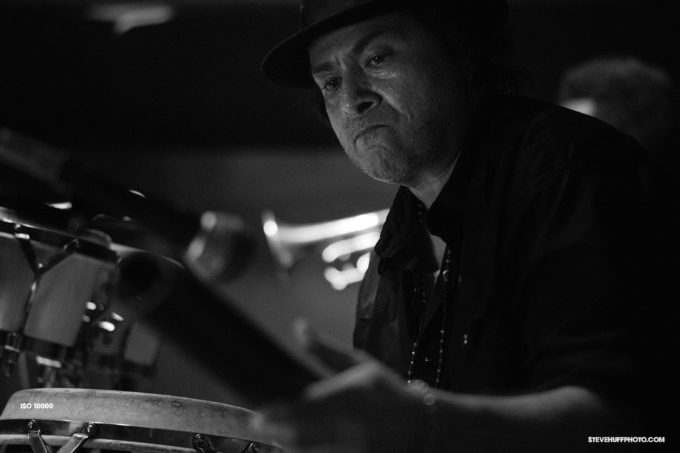
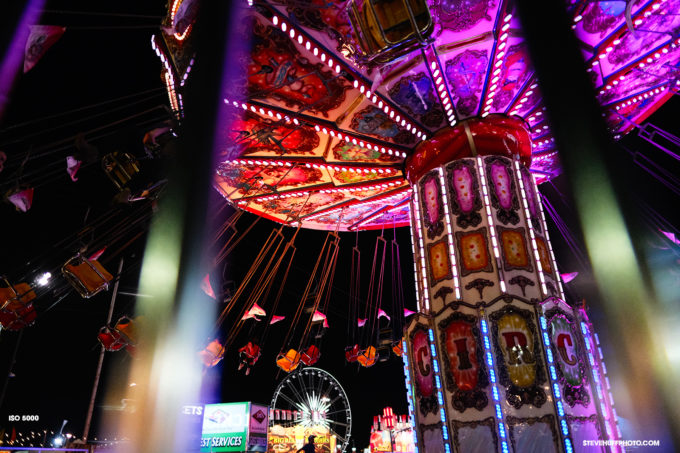
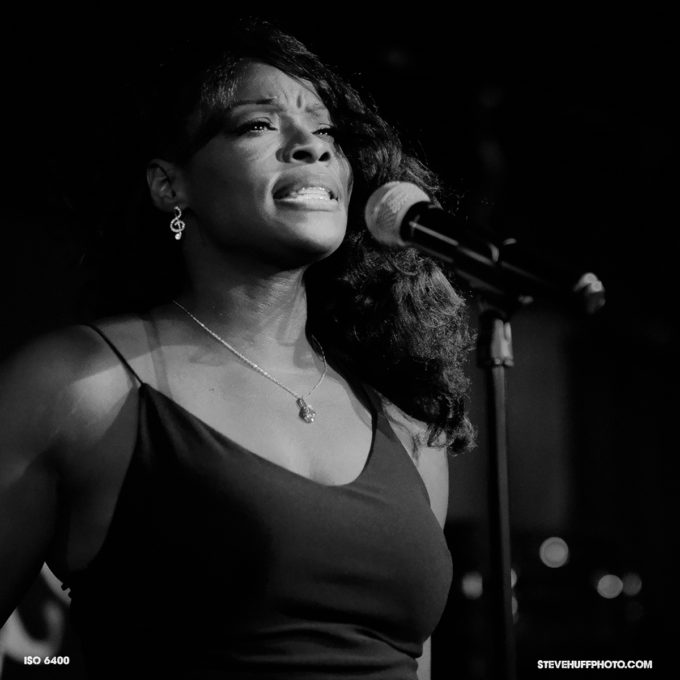
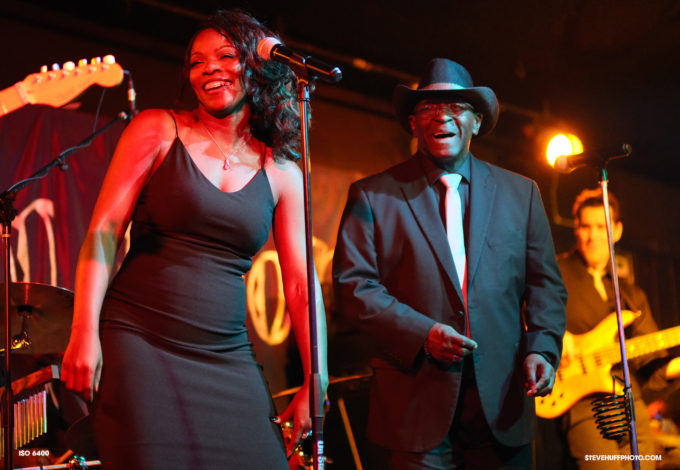
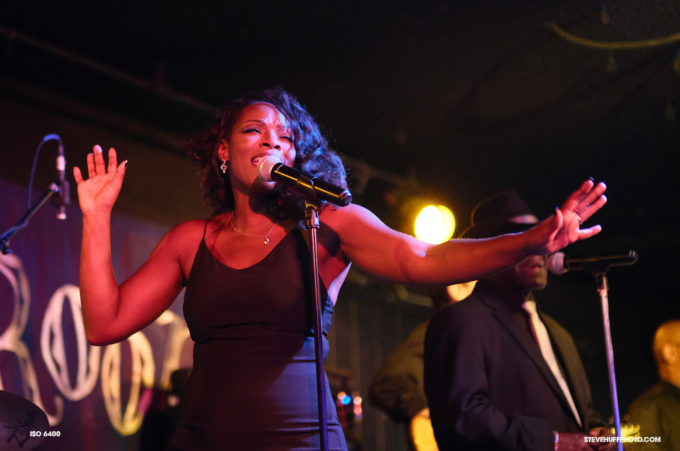
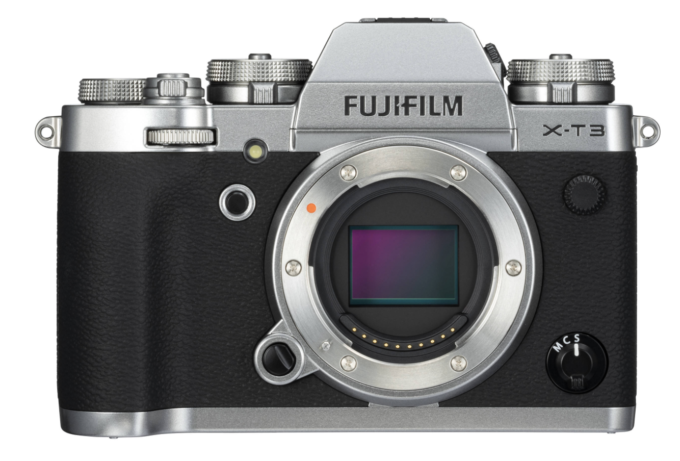
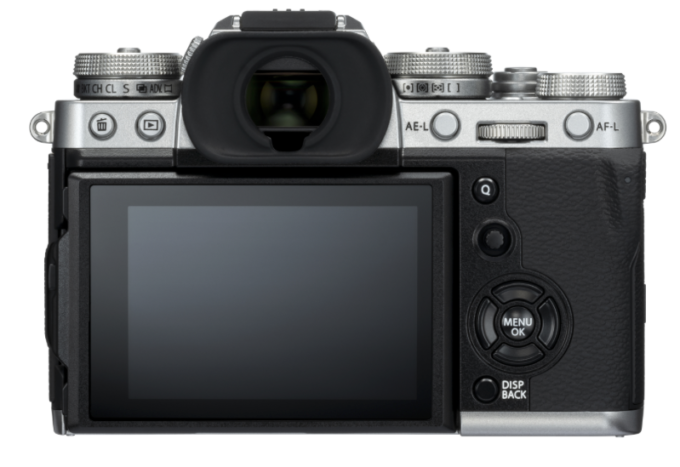
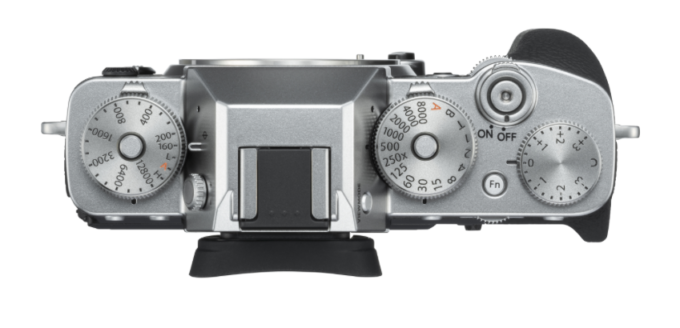
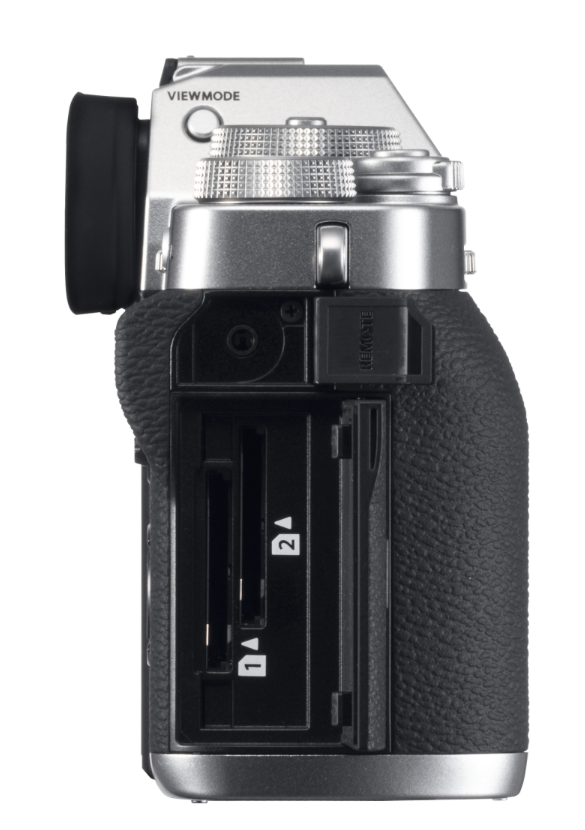
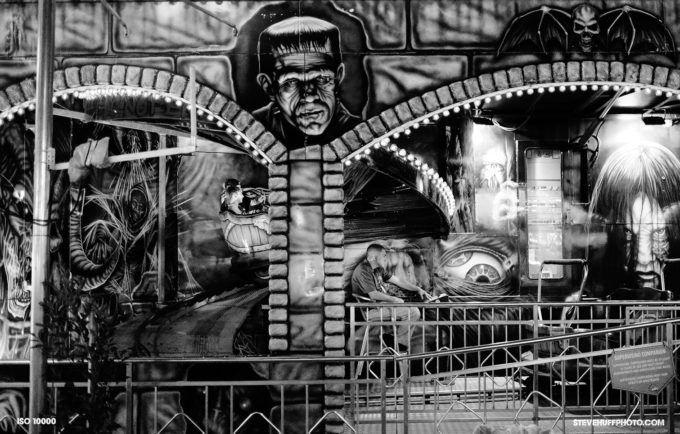
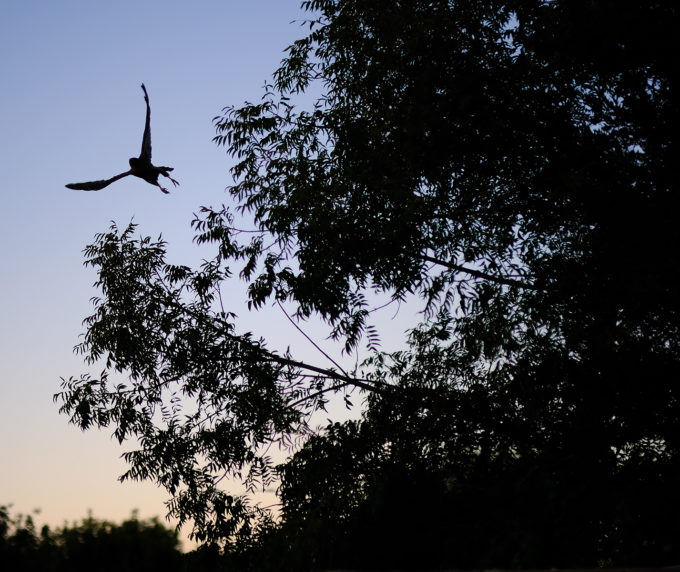
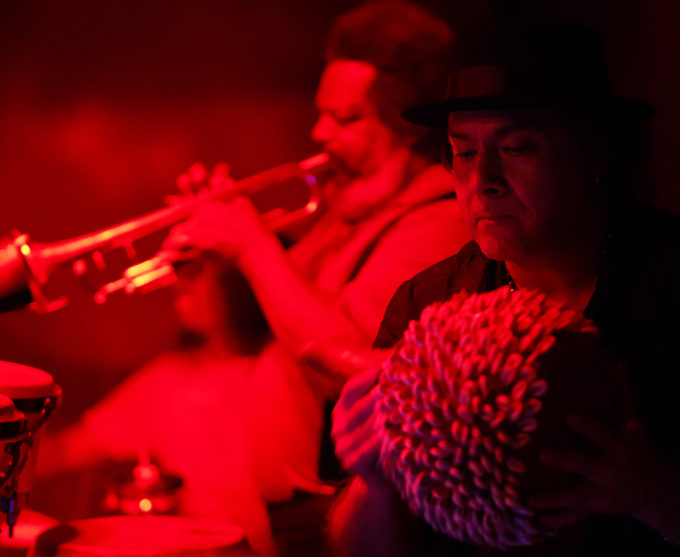
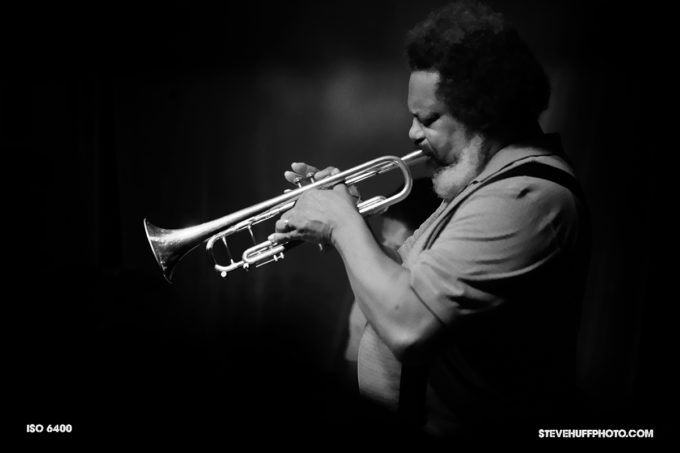
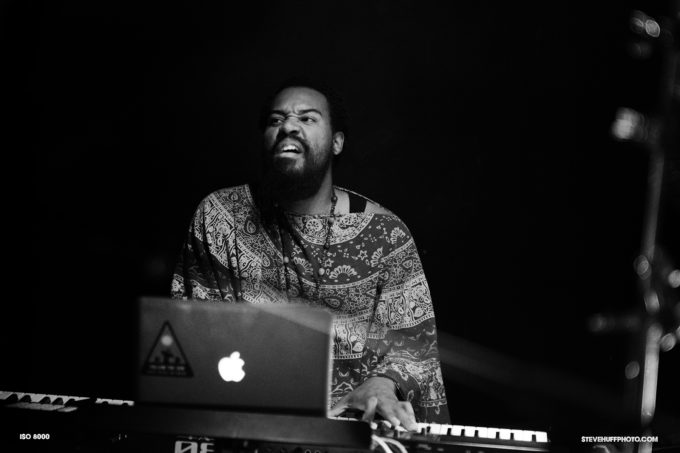
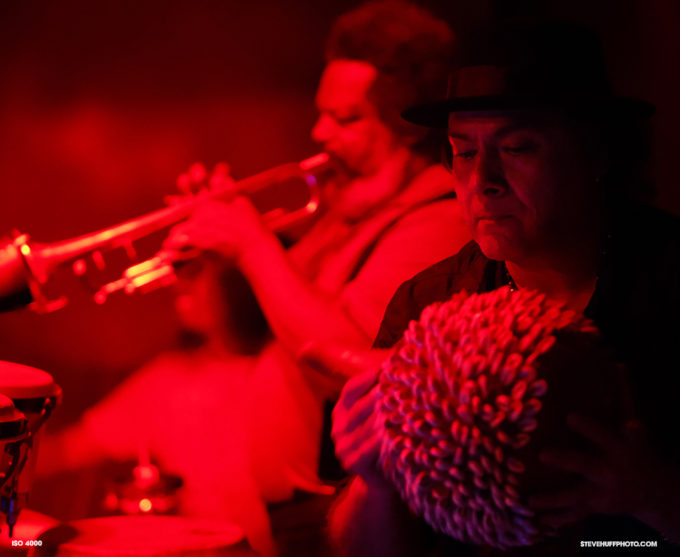
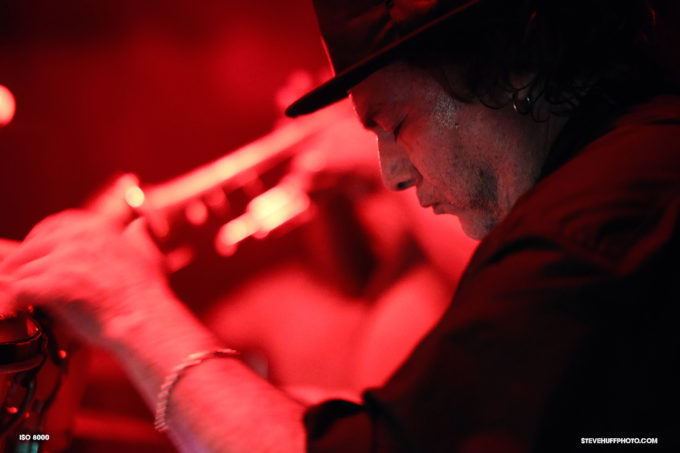
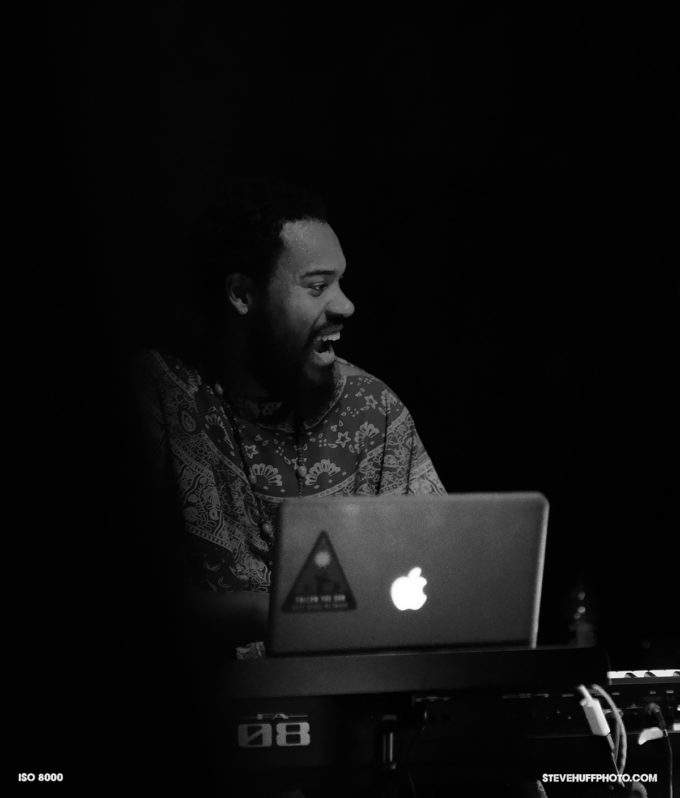
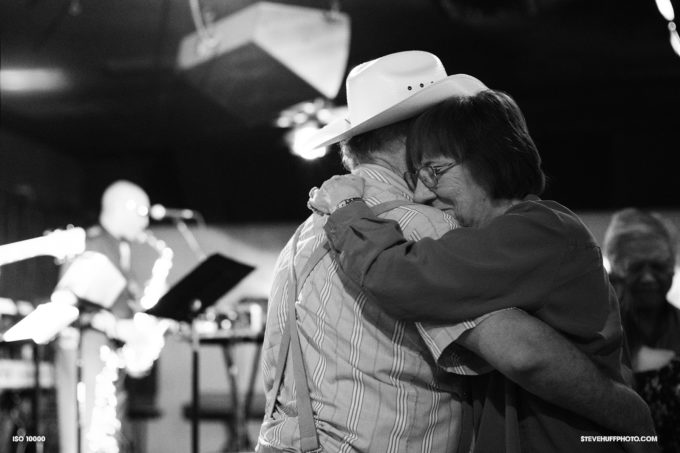
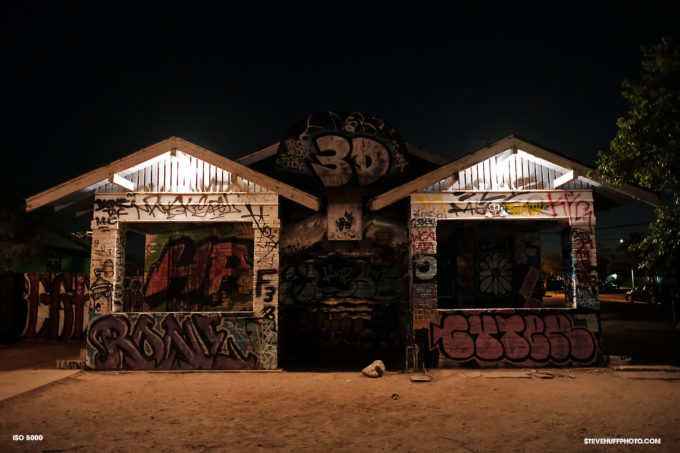
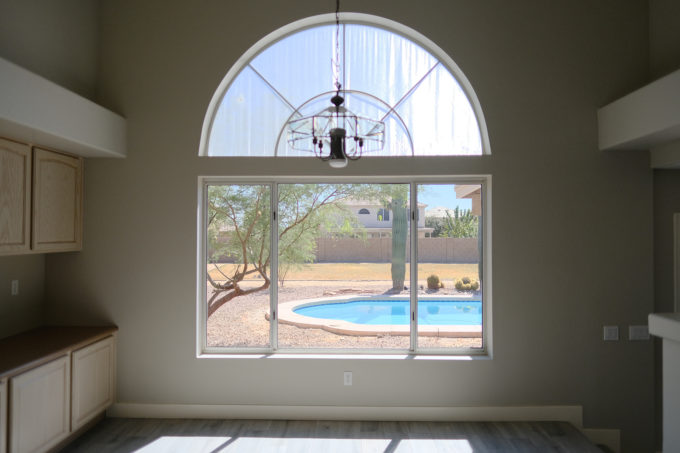
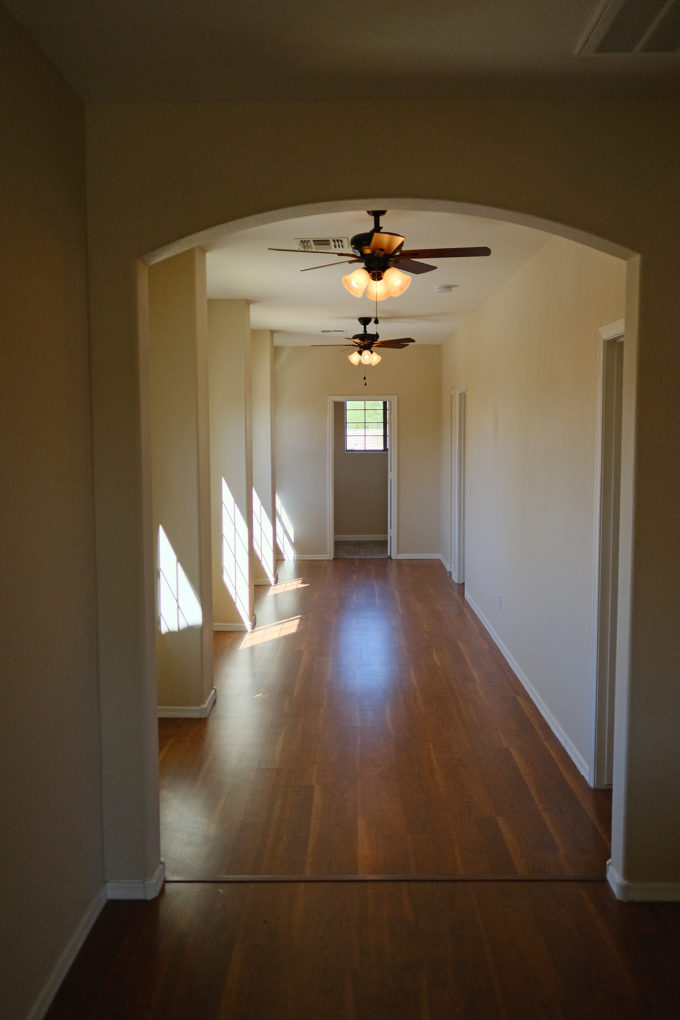
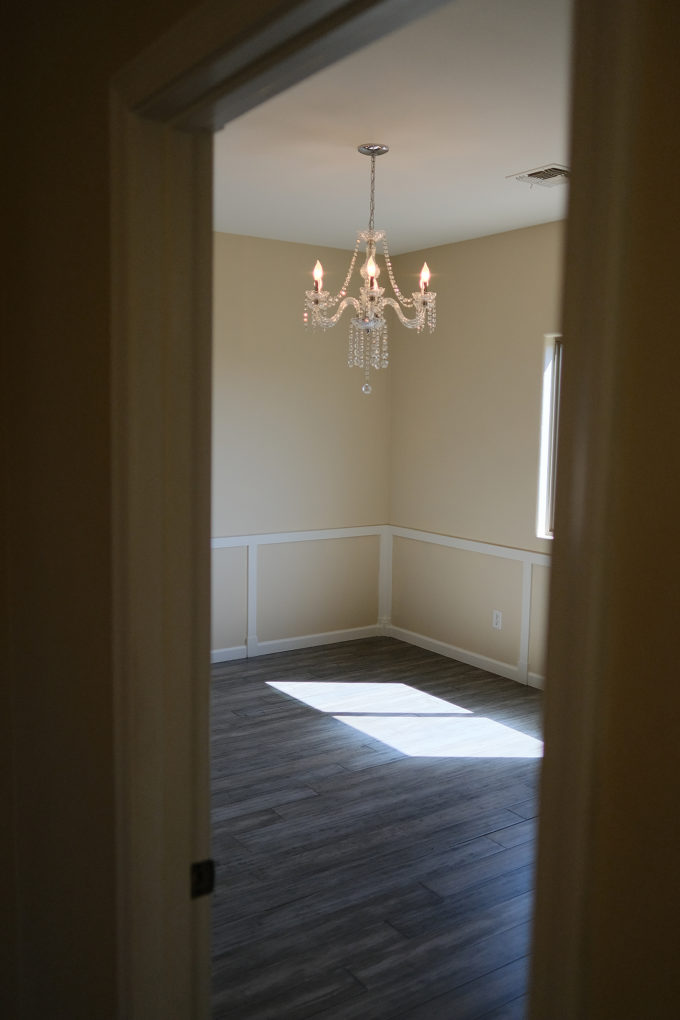
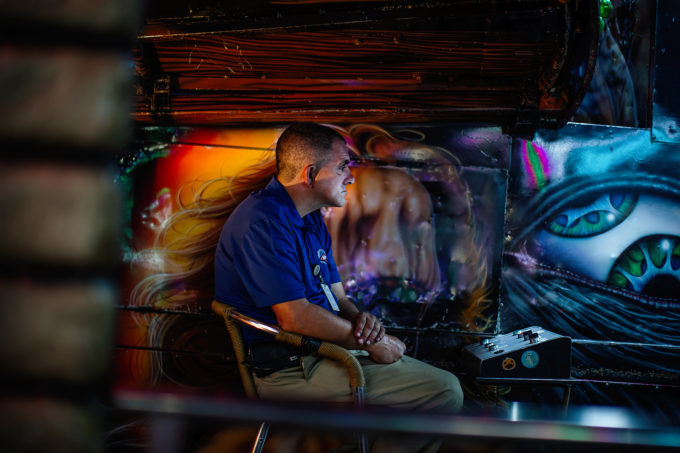
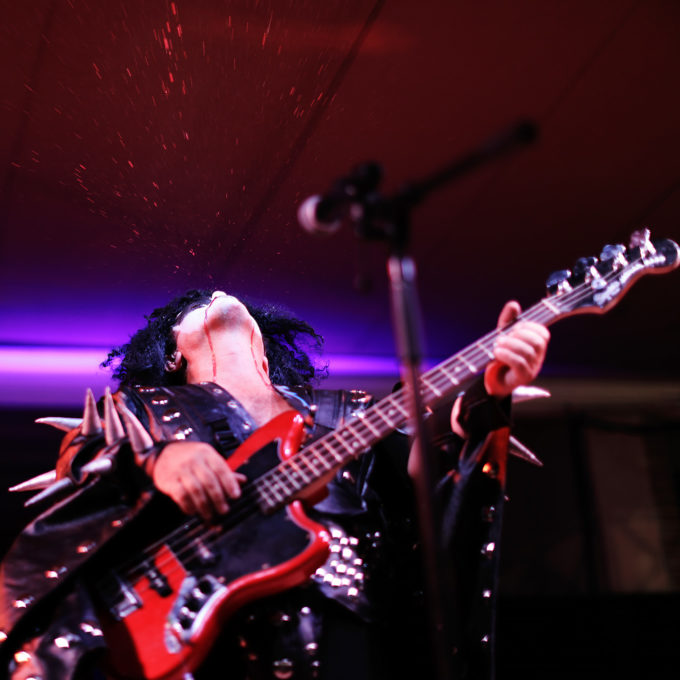
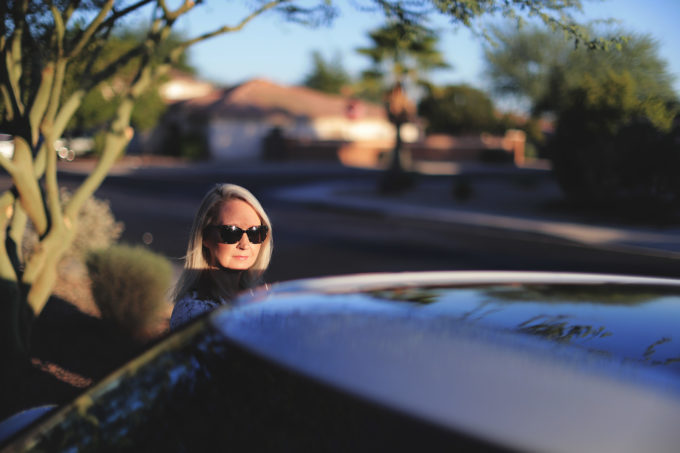
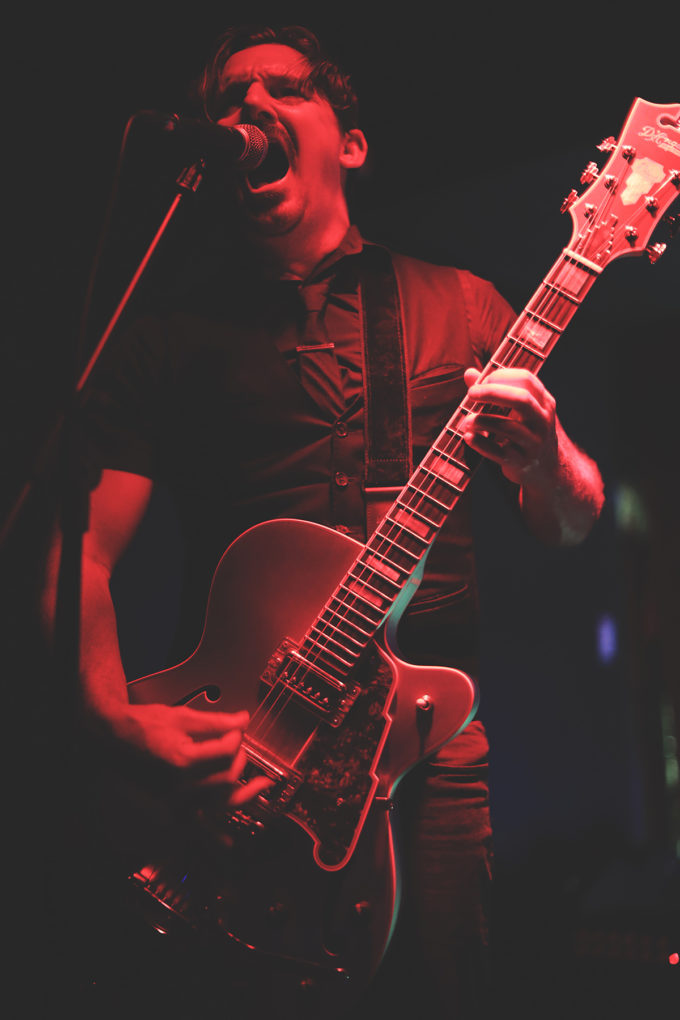
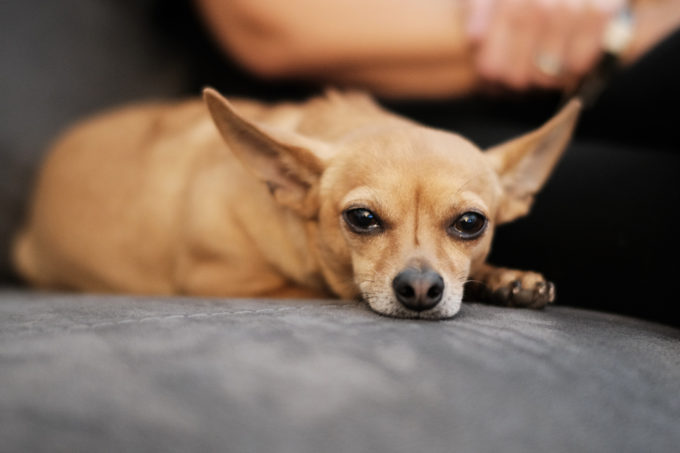
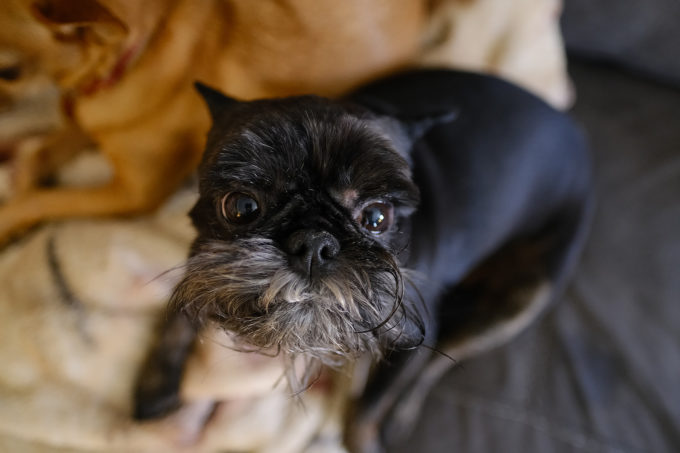


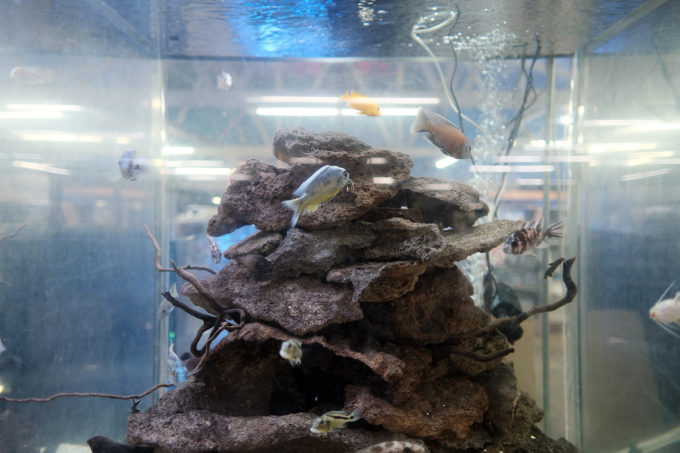
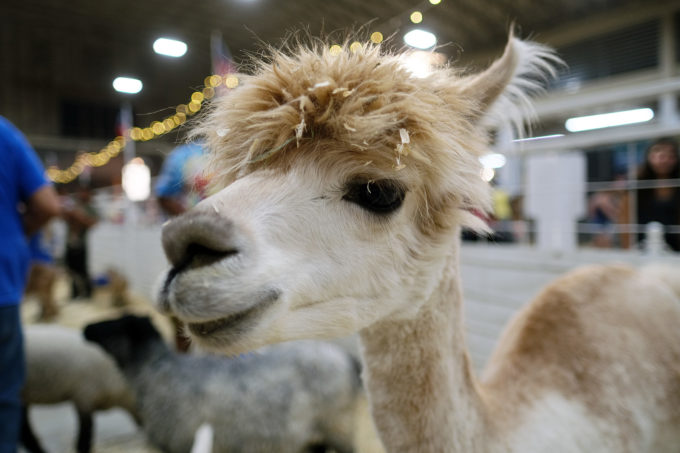
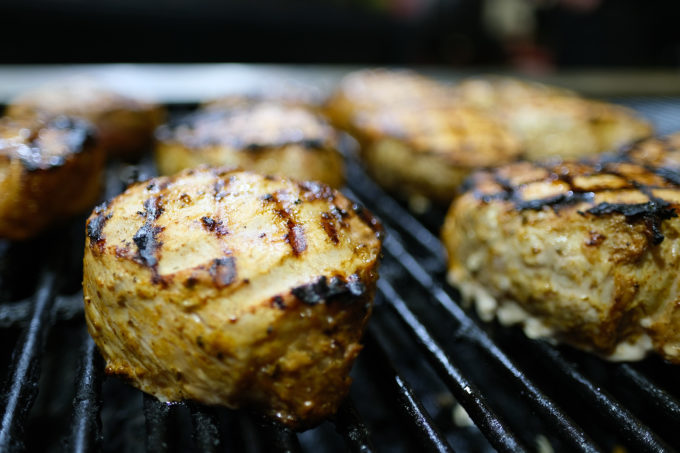
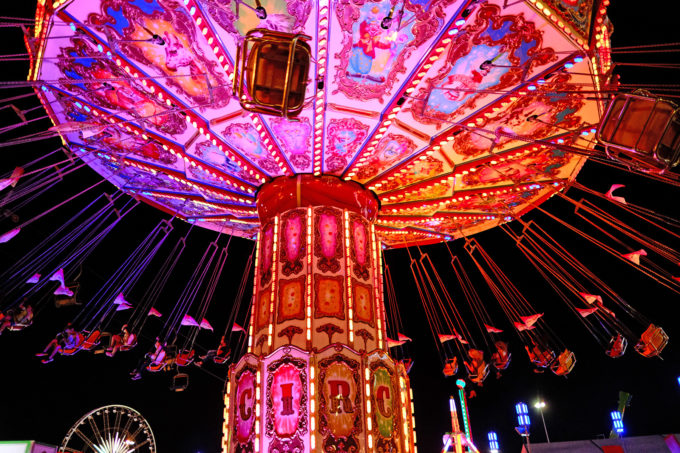

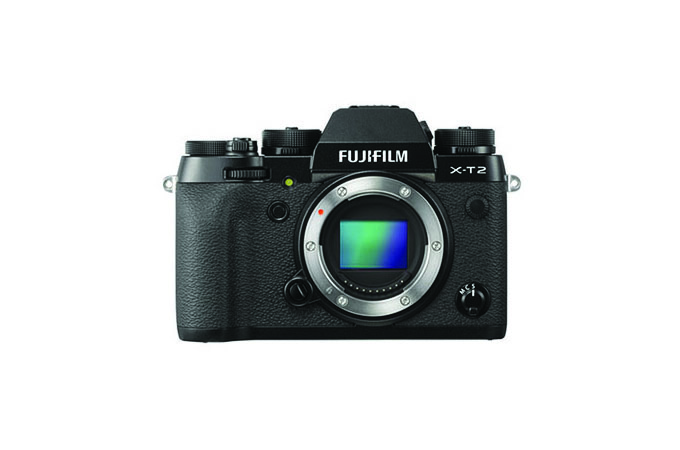

Leica CL or xt3? Would love to hear your thoughts on this!!!!
Well… totally different experience and even IQ and capabilities. The X-T3 will be much better for video so if that is a concern, Fuji. The Leica will be slower in operation, but that is not a bad thing. EVF is better with the Fuji. Leica is more expensive for the body and lenses but each has a different kind of IQ and color. Technically the Fuji does more, and offers more for less but the Leica, well, it’s a Leica and will give more enjoyment for some (like me who loves Leica). It’s a crazy thing. Both are great but the Leica will give better photo IQ IMO unless you go to low light, where the Fuji will do better with less noise. But full daylight the Leica, IMO, excels in IQ.
Steve,
I realize this comment section is 2 months old. I am curious about your thoughts of the XT-3 versus the XH-1. I use the camera more for photos than video, but do try video on occasion (10%). Is the XH-1 more worthy due to the onboard image stabilization or is the XT-3 just that much better without. I plan to rent both but wanted to throw that out there for you to address.
Great reviews!
Thanks,
I much prefer the X-T3 to the XH1. The Xh1 is nice but feels odd in my hand, is heavy and square feeling, does not have as fast AF and IMO, unusable AF for video in comparison. I am not a huge fan of on board IS so I prefer cameras without it.
Steve, I have been using the XT3 since launch and generally love its fast response and ergonomics. The problem is with many of the zoom lenses. Both the 18-55mm and 55-200mm lenses were designed without aperture markings. To check the aperture while shooting you must look continually look through the EVF, which is a drag. BIF requires the 100-400mm lens, but its optical quality is at best fair to good. Fuji really needs some new telephoto zoom lenses to catch up to the XT3 quality.
Hi Steve,
I really enjoy reading your comprehensive camera reviews and the Fuji XT3 has sparked my interest due to its cool “retro” look/ feel as well as what appears to be exceptional performance. My question is how does it measure up as a wildlife camera against (for example) the Canon 7D Mark II? I want to go mirrorless and was originally considering the SonyA7iii, but decided that I really needed a crop sensor over FF for the added reach to get up close and personal with wildlife/birds. Your thoughts?
Thanks for a great, informative review as always leaving much to be considered. I, too, am a M4/3 user–Oly Pen-F, which I really like but I know I want more. Any idea if this XT-3 will be the precursor to an XPro-3? I prefer the look-feel of the XPro series to the XT series. Thanks!
Dear Steve, it is impossible not to comment on the beauty of the images of the singer and the musicians. The review of the equipment became an art exhibition.
Try something like mitakon 35/0.95 lens and the pop will be there. I never liked Fuji lenses except for their 56 APD. I love XT3 I bought recently that I am using with a dinky 27mm lens. Recently purchsed the mitakon and it shows lovely 3d-ness and colours.
I think the most amazing thing about all this is just how relentless Fujifilm has been in their quest to improve their products, and the listening that they do really, really does show up in their succeeding generations. To go from that first X100 to the range of cameras and lenses they now offer in such a relatively short time span is breathtaking. It speaks to massive resources and very smart engineering, and the speed in which they act is surprising.
Anyone have thoughts between the xt3 and the Sony a7iii? I’m leaning xt3 based on this amazing review. But since I’ll only have one camera, will I be missing the full frame bokeh/low light experience? I’m basically just taking lifestyle pictures of kids, and I’m not a professional. Are the differences small enough on bokeh that I won’t notice? Obviously can’t swing the $6800 or 8k for set up. But the Sony a7iii is only a few hundred away from this, and my love of bokeh is strong. I do like to shoot jpeg, so that’s pulling me to the fuji.
Any thoughts that Fuji might someday go ff? Might be nice to build in the Fuji world and have room to grow. Any thoughts appreciated! Thanks for this awesome review.
For APS-C this is the best there is IMO. But it is not full frame. Full frame will offer a little more in some areas over the X-T3. More depth to the image, more shallow DOF, even better low light. This Fuji though may have better DR than most full frame cameras. The A7III will give you 4X the battery life over this camera, better eye AF (if you need that) and a totally different body design. Larger lenses as well. Sony JPEGS are “meh” where Fuji JEPS are great out of the camera once you get your preferred color profile set. I do not see Fuji going full frame as that would mean a new mount and all new lenses would be needed.
True, Leica sensors are probably the best … after removing all dust from them.
I need one hour for each shot in my digital Leica work
My screen and my eyes see dull, flat rendering, waxy faces and high iso “performance” at the expense of detail. No bite, micro contrast, crispness as an EM M2 or Leica CL produce. And quite a distance to best in class FF sensors. I really wanted to like the Fuji cameras and tried several of them but the files never convinced me.
Thanks for the detailed review, as I’m just about to roll out of here and buy one! I have an XT-2 now and have found I like it just as much for shooting low light (Cabaret, small stage theatrical) as my Nikon D4 and a lot easier to carry. Having said that I’m certainly looking forward to the improvements in the XT-3. I gather from the review that you were using it with prime lenses exclusively, am I right? I’ve gone that route so far with the XT-2 as opposed to 24-70, 70-200 equivalents, as I already have those on the Nikon side of things.
Hi Steve, I am a m43 user and I am looking to get something with a better ISO performance and overall image quality. Not sure that I want to go FF since I don’t like bulky camera.
Will I see a difference from Em1m2 to fuji xt3?
Great (real world) review by the way !
OH yes 100%. The EM1 MKII can not really do low light. I own one ; ) When I say this I mean the light I shoot in where ISO 8-12,800 is often used. Sometimes even 25K. You will get much more noise with M 4/3 and you will lose DR as you go up as well. I can not use M 4/3 for my low light stuff. The Fuji will get you close to full frame in that area. Thank you!
Steve, thanks for the insights, still need your opinion though. As said I have some experience with Nikon FF (and some with Sony A73). Neither of these have really fast lenses for indoor sports with fast AF AND small size. I need a small non-obstrusive setup more than I need a zoom. Sony and Nikon options were great but either too large (the pro 70-200 2.8 zooms) or slow AF (fast primes like 85 1.4, which is not even long enough so needs lots of crop). One reason I look into the X-T3 is smaller form factor fast primes (like the 90 f2) with ideal 135mm focal length and quick AF (as I read). The light I lose on the APS-C sensor size is more or less back with the f2 lens versus the pro f2.8’s (…and unlike the fuji 90mm, those large f2.8 zooms like to be closed down a bit on top of this). So would I be getting roughly the same image quality through this ? 24-26 mp is more than enough for me so that is not a limiting factor.
Moreover I found the portraits of my X100F (with tele add-on lens) almost comparable to FF portraits with Fuji having nicer tones out of camera but losing a bit on details which for me was a good deal considering the size factor too. I am sure the X-T3 can deliver the same (even with the pancake wide prime) but can it deliver portraits comparable to a more pro FF setup ? My base is the D850 / 70-200 2.8 here which I just recently sold due to size and weight. I know it is not the same buthow much would I lose there ? Your portraits in the review made me wonder if I lose anything at all…… Thanks, Karl
I do not think you will ever get the “look” that one can get from a D850 and 70-200 2.8 from any APS-C camera. You will not have that all out depth to the image BUT at the same time, you can get beautiful portraits from this camera that most would never see a difference in. I see it but that’s my job ; ) Maybe rent the X-T3 and give it a whirl for a few days before making a commitment? Thank you.
I’m looking for a digital body to use with my Leica M lens collection, this looks good, but I think I’ll get a CL.
That camera is underrated for sure, as are the zoom lenses for it. Have always been ultimately disappointed with the Fuji lenses I owned no matter how great others said they were. They seemed to give a rather flat image somehow.
Then again I’m comparing them to Leica and Zeiss glass which has never, ever disappointed me in terms of image quality.
Ahhh! Someone else who sees the difference. I agree. The Leica cameras do not ever give a flat image. There is depth, loads of micro contrast and a look other cameras do not give. What you say is true. I have always said Fuji images are flatter than some other cameras but this is the best Fuji sensor by far, and while they do not get to the Leica CL level in IQ, for APS-C and Fuji, it is one heck of a versatile camera. The CL has a lower res EVF which gets laggy in low light, is smaller and thinner, has a much different control setup and will not do as well in low light. Video on the Fuji is in another league over the CL as the CL is not for video (even Leica says so). The CL is charming, has fantastic IQ and color and perfect for photography with its simple and enjoyable shooting experience.
About the flat images of a Fuji. Yes, i had them sometimes. It is most pronounced when the light is coming flat from behind, use correct or worse over-expose a little and use the wrong RAW-Converter.
By the way i´ve seen the M10 at Photokina. The colors on the Display were just great and unique. And even on the small display you could see the depth in the Photo. It was overwhelming. I don’t think you can ever reach this kind of depth with the current Fuji Cameras.
On the other hand, using a lens like the 16-55 gives you some depth at 55mm and a really pleasant bokeh while being very sharp. The micro-contrast on this lens is there and you can see this easily.
I meant the light coming flat from behind the Photographer makes the picture really look flat.
I don’t think many people see the flatness from Fuji’s. I owned an X-Pro2 for about 18 months, and that was my biggest complaint. I thought it was just the APS-C sensor, but after getting my Leica CL, I see that it was just Fuji. I wrote a review and stated that the Leica provided more micro-contrast, and that Fuji files looked flat, and I caught unholy rage from several Fuji users. One was a Fuji ambassador who basically accused me of lying. I went straight to his website and found several photos of people that, to me, looked like pictures of cardboard cut-outs. Either he doesn’t see it, or he is the shill that he is accusing me of being.
Forgive my ignorance, but is this a lens or sensor issue. If I use Leica lenses with the Fuji, will the images still be flatter?
I’m 99% certain it’s a lens issue. I have a portrait of my wife that I took with an X-Pro2 & Voigtlander 50/1.1 that has as much depth and 3d pop as the Fuji GFX & 63/2.8 I was comparing it to.
Try something like mitakon 35/0.95 lens and the pop will be there. I never liked Fuji lenses except for their 56 APD. I love XT3 I bought recently that I am using with a dinky 27mm lens. Recently purchsed the mitakon and it shows lovely 3d-ness and colours.
Steve,
Excellent review regarding this camera and possible lenses (Fuji 16mm, Voigtlander 50mm, etc.). Thank you again for the insight!!
Top review and beautiful photographs …
Waiting for your Nikon Z review before pulling the trigger …
No mention to the Xtrans sensor, that you, Steve, didn’t like in the past. Has it changed?
I take about it in the first look video. There is no longer the issues with the X-Trans sensor that Fuji used to have with Adobe software. That, for me, was a huge issue in the past. This sensor is also a BSI sensor which from what I see, improves IQ, low light, etc. So this is not the same X-Trans of the past.
Fair enough. Thanks!
Stevie this is the review I was looking forward to was refreshing your homepage for days.
Top comments on DPR says it all
#146 Likes
“I would rather buy this over Nikon Z and Canon Eos R. Well done Fuji!”
#132 Likes
“This is good example of what a mirrorless announcement should look like. Not like those boring Canikon announcements of cameras with glacial performance and stuff we expected 3 years ago being launched as “revolutionary” or “mirrorless redefined”.
# 100 likes
“Now this is how a complete product should look like, Canikon!”
Steve, how do the files compare to Leica M10’s files? It looks to me that these files offer more dynamic range and color fidelity than the full frame Leica M10’s do. I know you shoot the M10. Which camera’s files do you prefer? Thanks
The M10 will deliver a crisper file, with more depth and micro contrast (though thats the lenses really). BUT the DR on the Fuji seems better. The M10 offers a unique color and look but also is easier to blow highlights. These days, IQ is fantastic from mostly all cameras.
Steve, thanks for this comprehensive review. It seems to be at least as good as the X100F for people, so it is a killer. But would you use this for indoor sports (volleyball, basketball, less light….) and serious macro ? I left the Nikon F-mount FF line and looking for alternatives. I am not at all sure of the Nikon Z-line yet and this looks as a great alternative at much lower cost and lower lens size/weight (which is inportant to me). I cover wildlife reach with the tiny Nikon V2/V3, shoot family and portraits with X100F now, but none of these can do indoor sports and macro well. What do you think of the X-T3 to cover sports, macro and also to replace my X100F ? Which lenses should I rent to try ? Thanks to anyone from the community for a good advice 🙂
Hey Karl, thank you. I would not hesitate to use it for what you are asking. The low light of this camera is the best I have seen from APS-C. Now, I have not tried the Nikon Z as honestly, I feel it is too pricey for me as A: I have no Nikon glass and B: I am not thrilled with what Nikon lenses have been released for it so far and C: Reports of dodgy AF worry me a little. But full frame will give a little better in everything from ISO noise to DR to depth. Even so, this camera surprised me with its handling, speed, EVF quality, autofocus face and eye tracking and of course the Fuji colors and IQ.
Karl the Samsung NX1 is the only other mirrorless apsc comes close to Fujifilm X-T3.
X-T3 :
# 425-point hybrid AF system
# Phase detection pixels spread across entire sensor area.
# Tracking AF extends across 91% of the sensor’s width and 94.5% of its height.
# 20FPS with Electronic shutter, 11FPS with Mechanical shutter, 30FPS with 1.25 crop mode this makes the lens as m43 equivalent focal length thus more reach.
# Eye Tracking, Face Tracking
# Quad Core processor for Need for Speed.
# Blackout free evf as Sony a9 evf.
Hi Carl. I use the X-E3 (never was really convinced of the X-T2 for sports) occasionally for sports. Two lenses i´ve got good results with are the 90/2.0 and if the light is better the 16-55/2.8 if you can get close to the Action. The 16/1.4 is also very useful and has a quick Autofocus but not as flexible as a Zoom of course, but it can be used in very low light.
I use the X-E3 mostly in one-Point-AF and in S-AF because i can depend more on it than the C-AF.
A dream for some special photos and headshots will be the 200/2.0.
All the above mentioned lenses are capable of sports photography and I’m sure even more with a X-T3.
The 23/1.4 and the 35/1.4 are just to slow for sports photography. I never tried the 50-140/2.8 for sports because i just like the 90/2.0 being so quick with the wide open Aperture.
Beautiful photos as usual, and thanks for the review. The T3 has been on my list of cameras to get next since I first read about it, but after reading about it here, it got bumped to my “short list”. This is off subject, and kind of a stupid question, but who is the beautiful singer in your lead photo and in photos 1375, 1365 and 1388? Looking at both her smile and her passion, I really want to listen to her voice/music.
Hi Steve, i can understand your feelings wholeheartedly. One small point is that the battery grip doesn’t change the performance of the X-T3 like the grip on the X-T2 did. So it keeps its performance even in this small form factor.
Fuji always is about the lenses. The 16 is a great performer, like the 90/f2.0. Or even the 35/1.4, just look at the bokeh.
Fuji´s decision to stay with APS-C and to add MF is a very smart one, i think. It keeps Fuji a little out of the way of the three big FF Competitors.
I’m just curious how Olympus will react. Panasonic already has an answer, but i haven’t seen any announcement by Olympus, even not a OM-D Em3. I think they will have to surprise us in the next few Month with something nice.
One of the features of the bigger Olympus Models i was a little jealous of is their ability to pre-shoot a photo when you half-press the shutter and than saves the 14 Pictures before you presse the shutter too.
Now that Fuji offers this mode the X-T3 is even more tempting to me.
I have an xt2 and an a7iii and am very much considering to sell my a7iii and xt2 to get the xt3 and some great extra fuji lenses. Just love using the Fuji that much more.
Hi! I’m torn between the xt3 and the Sony a7iii. Worried I’ll regret going cropped sensor bc I currently have an old canon digital rebel t3i and can’t get the look I want with photos of my kids. Do you think the xt3 will give enough bokeh and make me not miss the full frame Sony??
Hi Steve. You review states, “An ISO dial is also incorporated into the shutter speed dial” Not true on the X-T3. There are two separate dials for ISO and shutter speed. You may be thinking of the latest incarnation of the X100. The X100F does have an ISO dial incorporated into the shutter speed dial. It’s a pain in the ass, frankly, in my opinion. But I’m sure there are some who prefer that configuration.
Good review, otherwise. Thanks.
Ahh, well that was direct from the B&H website so they got it wrong. I will fix it, thank you.
I notice that your review doesn’t spend any time on a comparison with the XH1, the high end camera that just preceded the XT3. The XH1 has IBIS, which the XT3 does not. This counts a lot for low light shooting with the great Voightlander e mounts. Is the new 26 mp sensor of the XT3 so much better than the 24 mp sensor on the XH1 that it is worth giving up IBIS?
I reviewed the XH1 and mentioned it in my video here. I also state it is larger, has IBIS, has AF that is not as good as the X-T3 and I prefer the X-T3 sensor over the XH1. I much prefer the X-T3 over the XH1 for what I do. To me, teh XH1 was excellent but did not like the bulk when in the hand when used throughout the day. I’d take the X-T3 in a nanosecond over the XH1.
Looks like a winner, can’t wait for them to update the XH with all the new features and a larger battery, who knows, maybe an even bigger magnification EVF. What other lenses did you try on this little monster Steve? They’re all great but that 16 and the 90 can’t be matched, built and price wise. Nice review, let’s see a crazy comparison from X-T3 and A7RIII
Great review! Thx! How well does it work to use Leica lenses with an M adapter? Any issues?
I prefer using them on a full frame but no issues. I assigned the front button to magnify so was easy to attain focus, though I missed a couple of shots. That lens gives off a different character on full frame vs APS-C though.
Great review! How well does it work to use Leica lenses with an M adapter? Any issues?
Glad you are rocking this Fuji, Steve.
I got into Fuji a year ago or so and I have not looked back. I much prefer using the camera to my Sonys and the IQ , 95% of the time, is just as good. Some of the Fuji lenses are just fantastic, memorable classics.
People can buy the X-T3 with confidence IMO.
Steve very enthusiastic review !
When you reviewed 1° generation of x-trans sensor, you spoke about flat images,(really not only you) and far from Zeiss or Leica appearance images.
Do you think fuji images have 3d rendering?
Steve, thanks for the great review. The comparisons to other FF systems are very fair. I am a hobbyist, and switched from A7RII to Fuji when Fuji released X-T2. To me, Fuji is the new Leica (overstated?). That being said, I’d like to add FF wins on megapixels.
Looks really nice but not enough so to make me want to move from my Oly and the fab pro lenses
great review Steve..
yes the jpegs & film simulations are nice things from fuji
HI Steve,
I started photography 60-years ago using Leica Ms, then Nikons then later Sony, but now I use Fujifilm Xt2s and X Pro 2s and I couldn’t be happier I have recovered the joy of photography through Fujifilm.
Thank you for your excellent review.
Best,
John
IMO the APS-C camera should cost as an APS-C camera, no a like a Full Frame camera
Depends what’s put inside the camera.
XT100 APSC $499 B&H Photo is a stripped down XT3.
Fuji colors are so good.
Good idea IMO to separate card slots from battery pack.
The combo adapted M worked well. I already convinced myself that Leicas aren’t better cameras
Fujifilm > Leica
Re Fujifilm vs Leica, the obvious comparison between recent Fujifilm and Leica APS-C cameras would be between the otherwise very different X-T3 and the CL. It would be interesting to see the results.
Interesting you bring that up. I was stuck between the two and even with the significant price difference and lack of TL lens selection, I went with the CL. There’s an a tangible quality of Leica images (including APS-C) that you just can’t get shooting with anything else. Fast Fuji lenses can be almost as large as full frame, which for a street shooter like me, makes it more difficult to be stealthy. Really hard call, but I went for broke (literally) and bought the Leica. Not disappointed, but now working the graveyard shift of my second job.